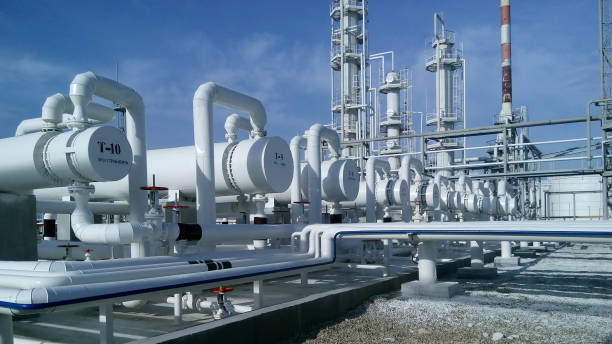Introduction:
Coal has long been a cornerstone of global energy production, but its conventional use comes
with significant environmental challenges. Coal gasification, a process that converts coal into
synthetic gas (syngas), is gaining attention as a potential alternative. However, as with any
technological advancement, it’s essential to understand the effects and impacts of coal
gasification on the environment, economy, and society. In this article, we delve into the subject
as subject matter experts, shedding light on both the promises and challenges of coal
gasification.
Understanding Coal Gasification:
1. The Gasification Process: Coal gasification involves breaking down coal into its constituent
elements by reacting it with a controlled amount of oxygen and steam at high temperatures. This
process produces syngas, which is a mixture of carbon monoxide (CO), hydrogen (H2), and other
gases.
2. Cleaner Energy Generation: Syngas generated from coal gasification can be used for
power generation, producing heat, and even as a feedstock for the production of chemicals and
liquid fuels.
Positive Impacts and Benefits:
1. Reduced Carbon Emissions: Compared to conventional coal combustion, gasification emits
fewer greenhouse gases like CO2 and can be integrated with carbon capture and storage (CCS)
technologies to further reduce emissions.
2. Efficient Energy Conversion: Gasification is more efficient than conventional coal
combustion, resulting in higher energy yields from the same amount of coal.
3. Syngas Applications: The versatile syngas can replace natural gas, serve as a source of
hydrogen for industrial processes, and enable the production of synthetic fuels.
Environmental Considerations:
1. Air Quality Improvement: Gasification can reduce emissions of sulfur dioxide (SO2),
nitrogen oxides (NOx), and particulate matter, leading to improved local air quality.
2. Carbon Capture Potential: Integrated with CCS, gasification can capture a significant
portion of CO2 emissions, contributing to global efforts to mitigate climate change.
Challenges and Concerns:
1. Technological Complexity: Gasification technology is complex and expensive to implement,
requiring advanced infrastructure and skilled operation.
2. Gas Cleanup: Syngas requires thorough cleaning before use to remove impurities like
sulfur compounds, tars, and trace metals, adding to operational complexity.
3. Feedstock Flexibility: While coal gasification can use a variety of feedstocks, including
biomass and waste, the choice impacts the efficiency and environmental performance of the
process.
4. Environmental Impact of Gas Cleanup: The waste generated during syngas cleaning can
be hazardous and must be handled and disposed of properly.
Economic and Social Implications:
1. Economic Viability: The high capital costs of gasification facilities and the fluctuations in
coal prices can impact the economic feasibility of projects.
2. Job Creation and Transition: The adoption of coal gasification could necessitate workforce
retraining and transitioning from traditional coal industries.
Conclusion:
Coal gasification offers a promising pathway towards cleaner energy generation and reduced
carbon emissions. While the technology holds potential benefits for the environment, economy,
and society, it’s crucial to acknowledge the technological complexities, environmental
challenges, and economic considerations that come with it. As subject matter experts, we
emphasize the importance of comprehensive research, rigorous assessment, and responsible
deployment to ensure that coal gasification contributes positively to our global energy landscape
while addressing the impacts it may entail






